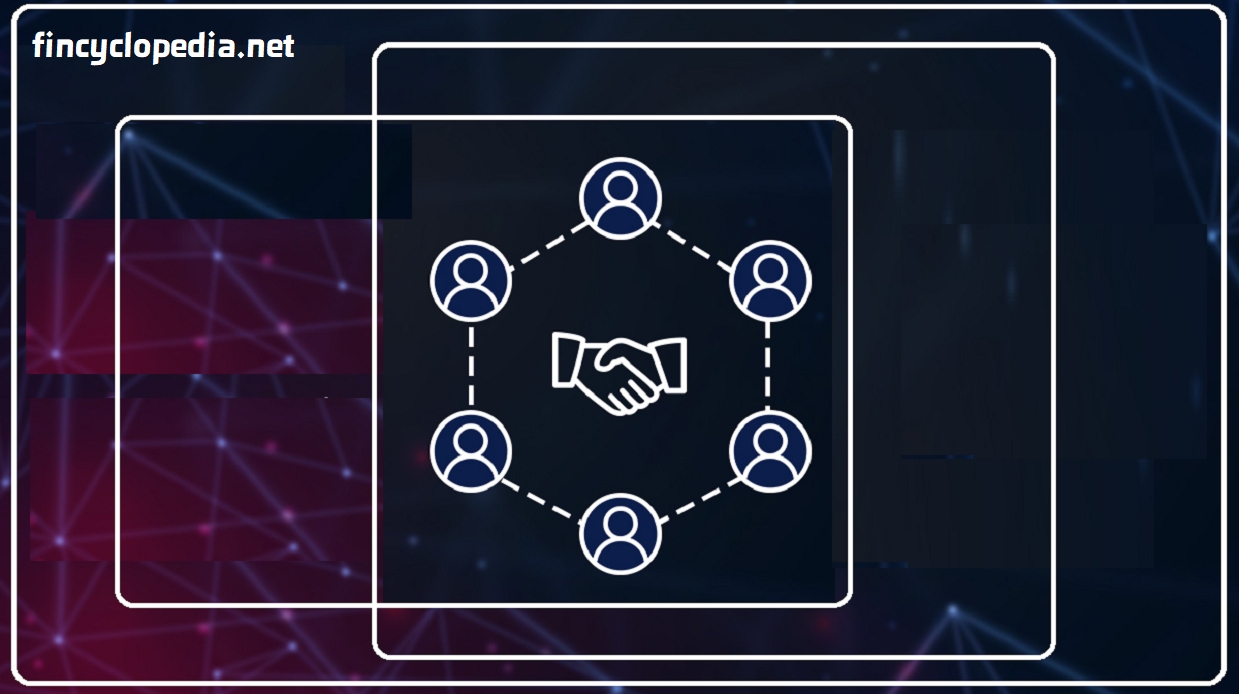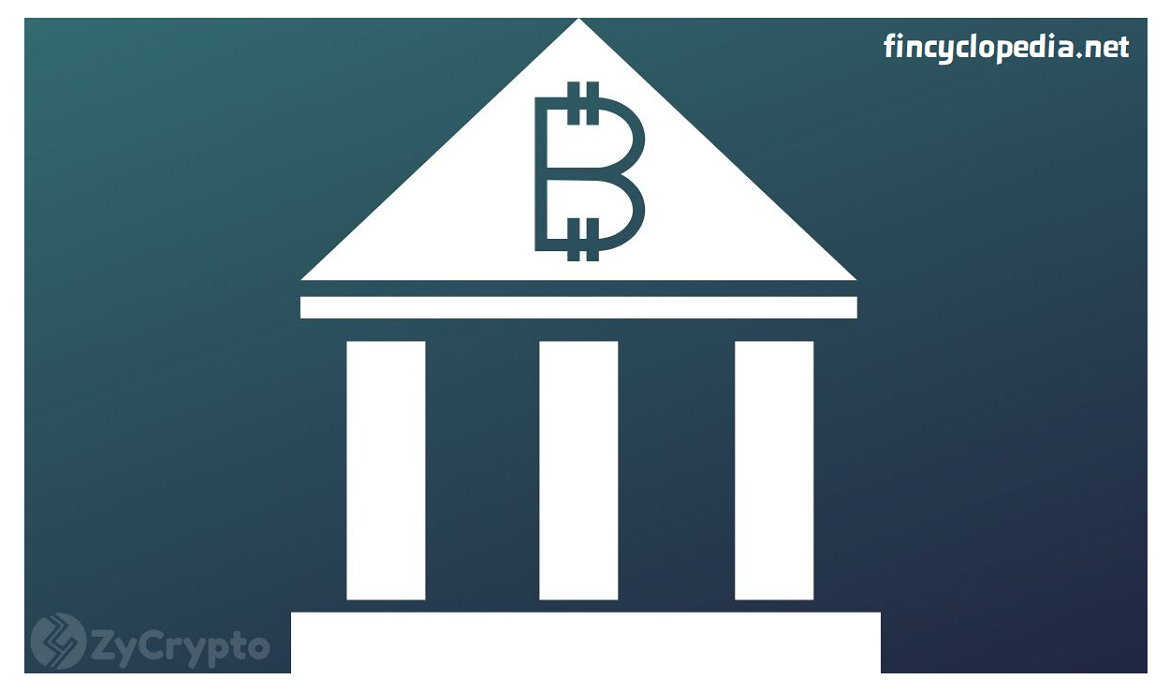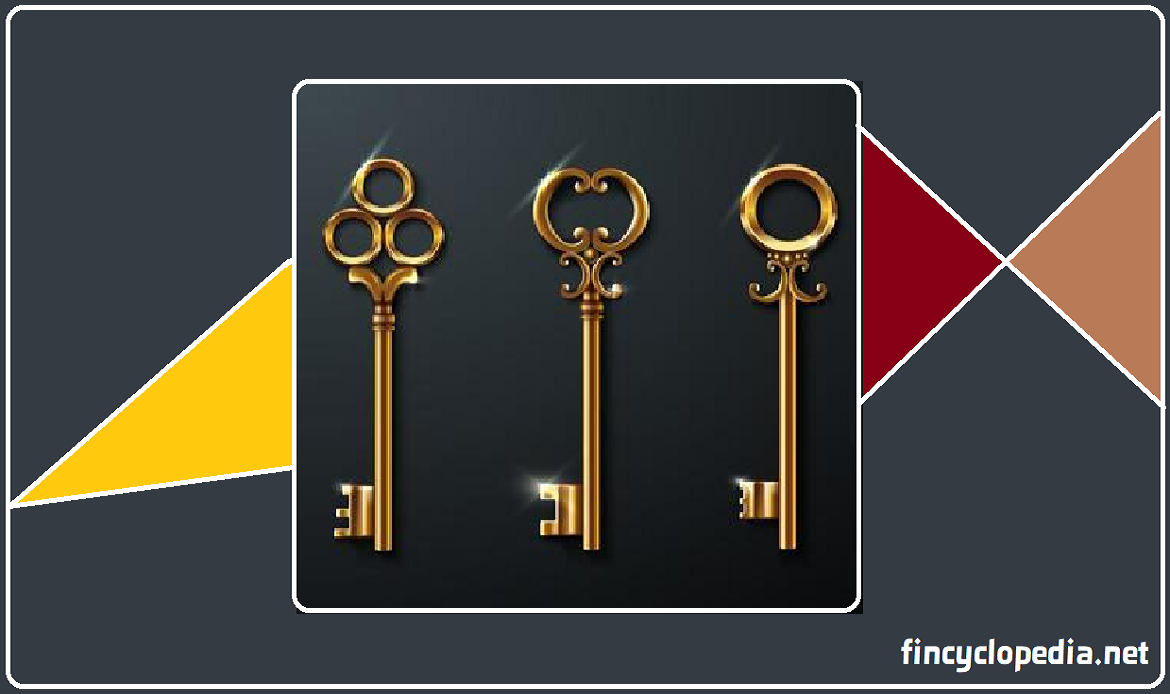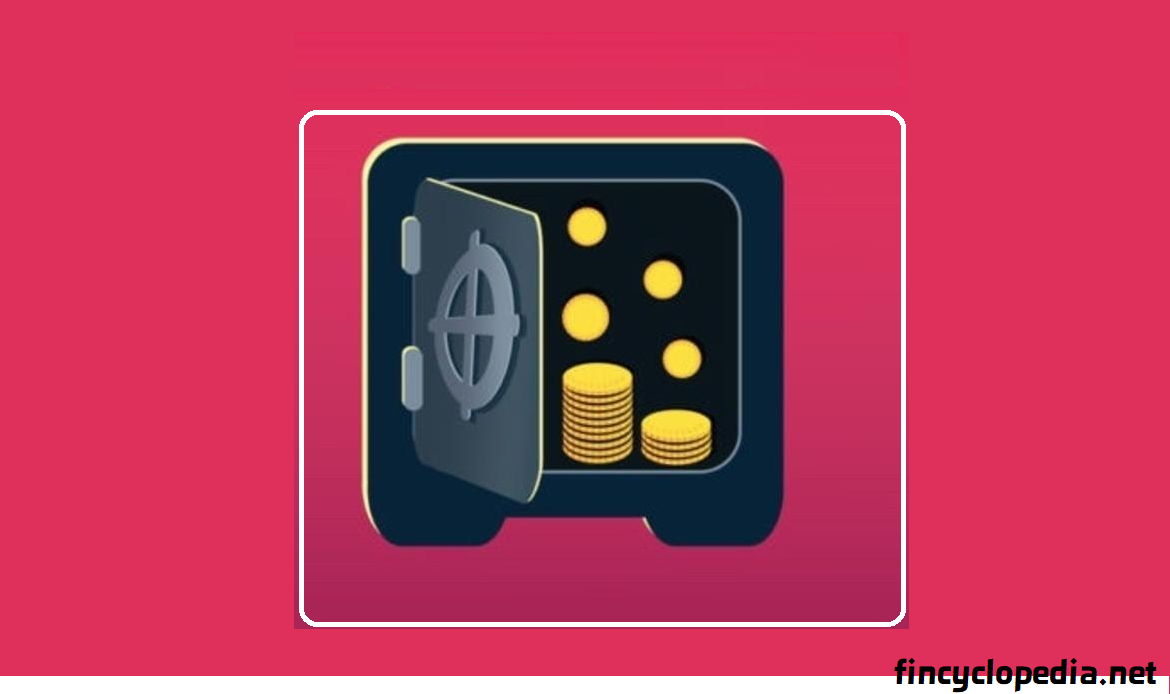
Concept
Consensus refers to the collective agreement required for updates or newly introduced transactions on blockchains. It reflects the need to validate new data before sending updated information to the network. As a mechanism, it represents a system of nodes programmed to collectively verify that a blockchain or data set is correct and reflects the current state of affairs. Depending on the blockchain installed, there are different types of consensus mechanisms. In the early days, crypto consensus used to require agreement by the majority of participants or actors (representing nodes) on the blockchain as to the status of the ledger. However, recent versions of blockchain apply distributed consensus mechanisms (DLT), relying on a fewer nodes for establishing consensus.
Consensus is an essential concept in blockchain technology that aims to maintain agreement and consistency amongst participants as to the state of the distributed ledger (DL). It allows all involved nodes in a decentralized network to form a common perception of the valid transactions, and define the order of their addition to the network. Being a decentralized database that is distributed among a computer network, blockchain can, by design, enable a more efficient decision making process without a central authority. For every blockchain application, different consensus algorithms are deployed. The use of algorithms might be challenging for a new blockchain application, as the selection of a given algorithm is not an easy task.
Consensus mechanism: examples
The main examples of consensus mechanisms (algorithms) include proof of work (PoW) and proof of stake (PoS). Other consensus algorithms have been developed, each with its own characteristics, benefits, and limitations. Selecting a consensus algorithm depends on multiple factors such as security requirements, scalability, power efficiency, and decentralization. In application, and in addition to the above types, hybrid proof of work + proof of stake (PoW + PoS) may also be used.
Proof of work involves adding new blocks of transactions to a blockchain upon validation. Validation (or mining) is the process of selecting transactions for inclusion into a block. It is performed by a node on the network known as a validator or miner. Nodes aggregate the transactions which are submitted to the blockchain. After validation, transactions are proposed to the next block on the blockchain. Selection of a block depends on the consensus mechanism adopted by the network (in most cases, either through proof of work, as used by the Bitcoin network, or proof of stake. The proof of stake algorithm, and instead of consuming computing power to validate transactions, validators, using proof of stake mechanism (on proof-of-stake blockchains), must prove ownership of staked coins. This mechanism substantially reduces the energy consumption required for validation and mining. Proof of stake can also support better levels of decentralization, security, and scalability.






